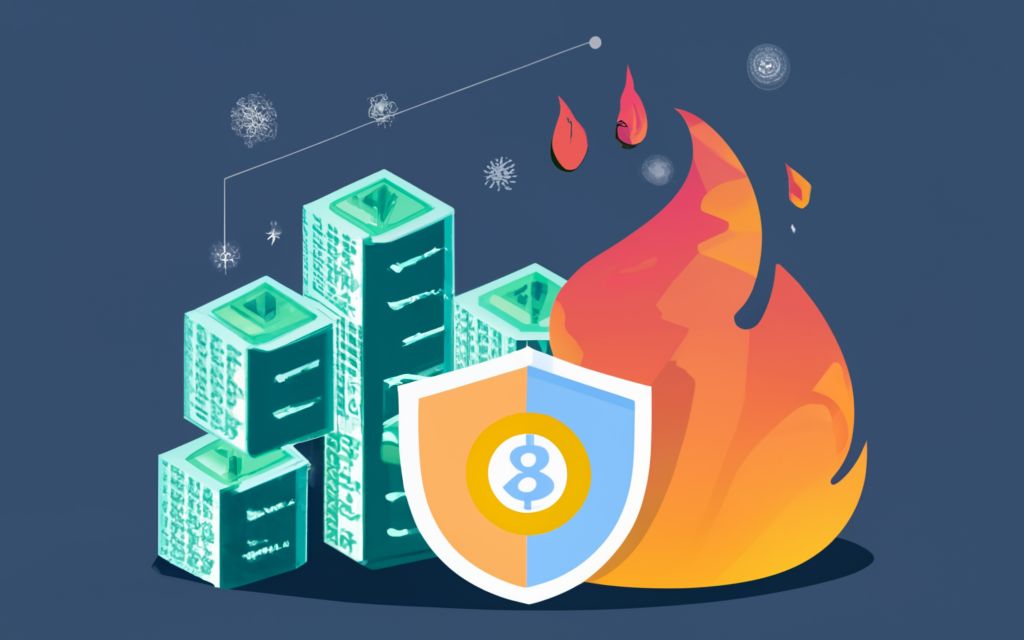The Early Days of MFA Tokens
The concept of multi-factor authentication emerged in the 1980s as computer networks began to expand. Security experts realized that basic passwords were inadequate for protecting sensitive systems and data.
The earliest MFA solutions relied on hardware tokens – small physical devices that generated random six-digit numerical codes. Users had to manually enter these codes in addition to their password to access corporate resources. Key fob tokens and RSA SecurID tokens became some of the first popular hardware authentication options.
These primitive hardware tokens laid the groundwork for strengthening login security. However, the process of manually entering randomly generated codes was cumbersome for end users.
The Rise of One-Time Passwords
By the 1990s, One-Time Password (OTP) technology emerged as an innovation for hardware tokens. Early OTP tokens had a small LCD screen that displayed a new six to eight digit passcode every 60 seconds.
Users only had to enter the code shown on their token’s screen when prompted during login. This automated OTP approach enhanced the user experience. The one-time, time-sensitive codes also maximized security against potential brute force attacks.
Shift Towards Software Tokens
In the 2000s, software tokens running on smartphones, laptops and other devices started replacing dedicated hardware tokens. Software emulated the functionality of hardware tokens to generate OTP codes for login verification.
IT administrators could easily provision software tokens across an organization without expensive physical tokens. And users enjoyed the flexibility of accessing codes straight from their mobile devices.
The software token model enabled scalability and drove down costs related to hardware distribution and life cycle management. Devices users already possessed could now provide secondary authentication credentials.
Growth of Modern MFA Industry
Today, the MFA landscape has expanded to include SMS text messages, authentication apps, push notifications, biometrics, adaptive systems and other capabilities. Users can choose between various modes to suit their application environments.
With stringent data regulations and advanced cyber threats, MFA adoption continues to accelerate. Organizations are investing heavily in MFA technologies and integration to protect critical systems and data.
MFA token has kept pace with technological shifts over decades to offer user-friendly, highly secure verification. Innovations in the space aim to strike the right balance between security, convenience and practicality for end users.
MFA Tokens in Industry Applications
Driven by mounting cyber risks and stricter regulations, MFA adoption has seen significant growth across various industries:
- Banking and Financial Sector: Banks have adopted MFA tokens to protect online banking sessions, ATM transactions, wire transfers, and more, safeguarding against account takeovers and financial fraud.
- Healthcare Organizations: Healthcare systems contain vast amounts of sensitive patient data, making them prime targets for cybercriminals. MFA tokens allow hospital staff to access records securely, preventing unauthorized access to medical databases.
- Government Agencies: Government systems store confidential citizen data, making them lucrative targets for cyber attacks. MFA token integration facilitates secure information sharing across agencies while thwarting unauthorized access attempts.
Hardware Tokens
Key Fob Tokens: These compact, battery-powered devices display a new 6-8 digit one-time passcode every 60 seconds. Users press a button to reveal the code. Key fob tokens offer security with minimal setup but can be physically lost. Popular models include RSA SecurID.
USB Tokens: Resembling a common thumb drive, USB tokens plug directly into a computer’s USB port. Inserting the device triggers generation of a one-time password through integrated circuitry. USB tokens simplify provisioning but are still prone to loss or failures.
Card Readers: Card reader tokens involve inserting or tapping a smart card to generate authentication codes. Some models have an integrated keypad for entering PINs before code generation. Smart cards store credentials securely but readers can malfunction over time.
Software Tokens
Mobile Apps: Application software emulates hardware token functionality to produce codes for verification. Configuring apps as software tokens enables convenient access from smartphones without physical hardware. However, mobile device theft can cut off access.
Desktop Programs: Similar to mobile apps, downloadable software programs for laptops and PCs can serve as software-based MFA tokens. But compromised endpoints undermine their utility for security.
SMS Text Message Tokens: This technique involves sending one-time passcodes to users via automated text messages during login. No additional hardware or software is necessary beyond a enrolled mobile device. But SMS communications have multiple vulnerabilities that sophisticated attackers can exploit.
Push Notification Tokens: Through smartphone app integration, push authentication delivers token codes directly to a user’s device without SMS. This avoids weaknesses of text messaging channels. However, push notifications rely on users having access to their enrolled mobile gadget.
The Evolving Cybersecurity Landscape
Today’s cybersecurity landscape is more perilous than ever. Sophisticated hacking techniques like credential stuffing, phishing, and password spraying have made stolen login credentials a common occurrence. High-profile data breaches routinely compromise millions of user passwords every year.
At the same time, the sensitivity of data that organizations store has dramatically increased. Personally identifiable information, financial records, healthcare data and intellectual property require stringent safeguards against unauthorized access.
With mounting cyber risks and strict regulations, relying solely on basic passwords is no longer prudent or permissible in many cases. Static, single-factor authentication exposes companies and customers to substantial financial, legal and reputational damage.
Addressing Gaps in Password-Based Security
Passwords remain the first line of defense for corporate networks and online services. But compromised passwords cannot protect data when stolen en masse. And complex password policies hamper user experience and productivity over time.
Once cybercriminals obtain a valid password, the battle is practically lost with single-factor authentication in place. By exploiting this one vulnerable element, attackers can penetrate deeper into systems undetected.
MFA tokens provide an additional layer of dynamic credentials not tied directly to static passwords. Generating secondary, single-use codes for each session acts as a powerful obstacle against intruders. This extra step verifying claimed identities before granting access keeps infiltrators at bay.
The Vital Role of MFA Tokens
MFA tokens play an invaluable role in account security by making stolen passwords worthless for gaining unauthorized system access.
One-time-use token codes are immune to password cracking tools or replication attacks. Verifying knowledge of dynamically changing secondary credentials ensures users are who they claim to be.
For online services supporting millions of logins daily, scattering this additional MFA safeguard across user bases protects against exponentially amplified risks from stolen passwords.
Implementing MFA Tokens
Deploying MFA tokens requires careful planning to maximize security and user adoption:
- Choosing the Right Token Type: Evaluate hardware, software, SMS, and push notification tokens based on convenience, compatibility, cost, and security priorities.
- Integrating with Existing Systems: Update corporate directories, identity management systems, VPNs, and individual applications to seamlessly integrate MFA tokens while ensuring no loss of functionality.
- Training Users: Educate staff on enrollment procedures, token usage, replacement workflows, and the importance of MFA in company security to ensure smooth adoption and usage.
Future Trends in MFA Technology
Two promising trends are poised to enhance MFA usability and security:
- Biometric MFA: Utilizing fingerprints, iris scans, facial recognition, or other biometrics for user verification offers strong potential for enabling passwordless secure access through unique biological data.
- Adaptive Authentication: AI-powered authentication continually analyzes user patterns and signals to adjust authentication requirements in real-time, providing additional verification in high-risk scenarios while ensuring seamless login for trusted users.
Conclusion
MFA tokens have become indispensable cybersecurity tools, effectively combating account takeover and data theft. While passwords remain important, MFA tokens provide an additional layer of protection crucial in today’s threat landscape.
As cyber threats evolve, we anticipate continued growth and innovation in MFA usage across industries. Whether enhancing patient privacy in healthcare or preventing fraud in banking, multi-factor authentication tokens will continue to play a vital role in enabling security without sacrificing productivity.


